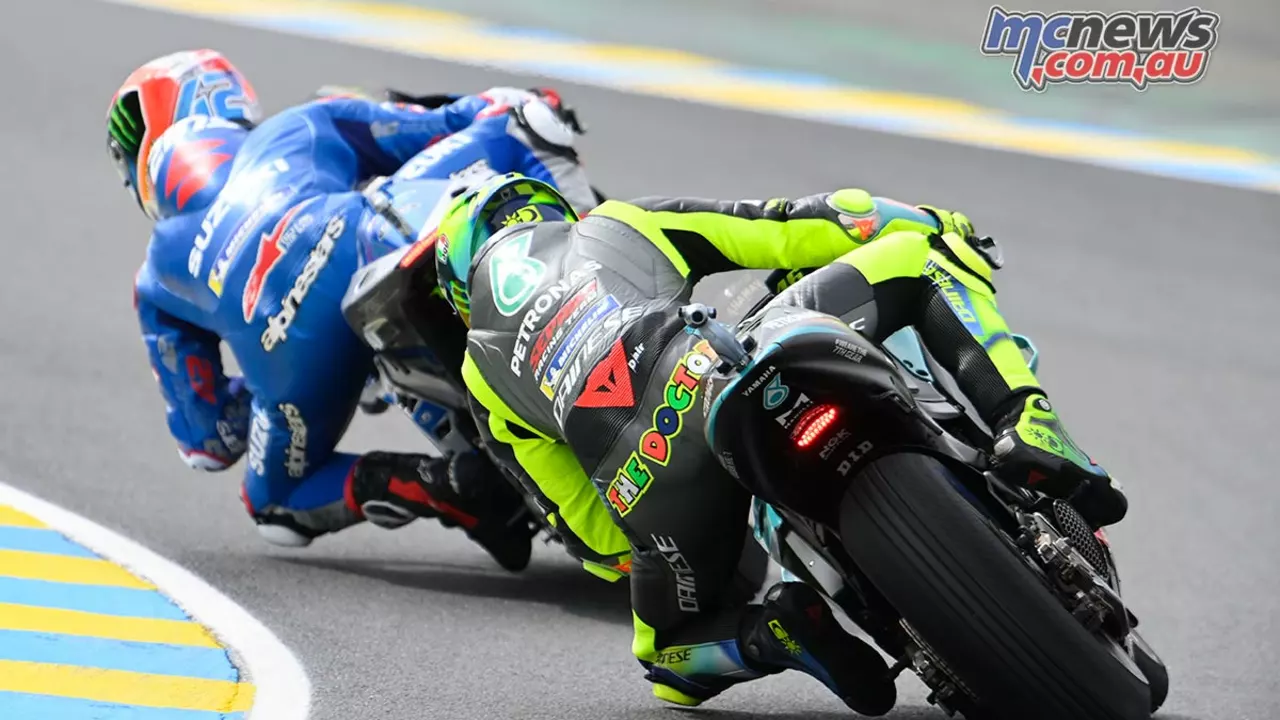Motor Sports – Inside MotoGP Counter‑Steering and Racing Basics
Ever wondered why MotoGP riders don’t just turn the handlebars like you do on a street bike? It’s not magic – it’s physics and skill rolled into one. In this guide we’ll break down the trick behind counter‑steering, why body position matters, and how you can apply those ideas to understand other motor sports.
What is Counter‑Steering?
When a rider wants to go left, they push the left handlebar forward and the right one back. That tiny push makes the bike lean right first, then the bike swings left. It sounds backward, but at high speeds the bike needs that lean to stay stable. The rider’s weight shift helps finish the turn, keeping the bike glued to the road.
Why It Works at Racing Speed
At 150 km/h the bike’s momentum wants to keep moving straight. A simple turn would make the front wheel skid and the rider lose grip. Counter‑steering creates a controlled lean, letting the tires stay in contact and the bike turn smoothly. It’s the same principle you see in Formula 1 cars – they use aerodynamics to stay planted, while MotoGP bikes use lean angles.
Now, let’s connect this to everyday riding. If you ever tried a quick swerve on a commuter bike, you probably felt the bike wobble. That’s because you’re not using counter‑steering. Try pushing the handlebars opposite to the turn the next time you’re on a quiet road – you’ll feel the bike lean the right way and the turn becomes steadier.
Beyond MotoGP, other motor sports use similar concepts. Superbike racers rely on aggressive body moves, while rally drivers use steering input and throttle balance to keep the car on the edge of grip. The common thread is: control comes from understanding how the machine wants to behave, then nudging it in the right direction.
For fans, knowing this trick adds a whole new layer to watching a race. When a rider dives into a corner, you can spot the quick push on the bars before the bike leans. It’s a visual cue that the rider is setting up a perfect line. That’s why you’ll see the bike look almost sideways at the apex – the physics are doing their job.
If you’re new to motor sports, start with the basics: watch a MotoGP qualifying lap, pause at a corner, and look for that push‑and‑lean motion. Then compare it to a car’s smoother turn. The contrast makes the skill stand out.
Want to feel a bit of that excitement yourself? Many track days let you try a sportbike under supervision. Instructors will walk you through counter‑steering, so you can feel the difference without the high‑speed danger. It’s a safe way to get a taste of what professionals do all season.Remember, safety first. Counter‑steering works best when you have proper gear, a good bike, and a clear track. Trying it on a busy street can be risky because you need space to lean the bike safely.
In the UK, motor sports events are popping up all over – from the British Grand Prix at Silverstone to local club races on smaller circuits. Attending a live event lets you see these techniques in action, hear the engine roar, and feel the atmosphere that makes racing addictive.
For those who love the tech side, modern bikes now have electronic aids that help with lean angle and traction. While the rider still does the counter‑steer, the bike’s computer can intervene if you slip, giving you a safety net.
To sum up, the reason MotoGP riders don’t just turn the handlebars is simple physics blended with skillful body movement. Counter‑steering lets them lean the bike quickly, stay stable, and carve corners at blistering speeds. Understanding this makes watching races more enjoyable and gives you a handy tip if you ever take a sportbike out on a track.
Got more questions about motor sports? Keep exploring our site for articles on car racing, karting, and the latest UK motorsport news. The more you learn, the richer the racing experience becomes.
Posted By Caspian Beaumont On 26 Jul 2023 Comments (0)
Why do MotoGP riders not turn their handles?
In MotoGP, riders don't simply turn their handles like we do on normal bikes. Instead, they use a technique known as counter-steering. This means they push the handlebar in the opposite direction of the turn, which leans the bike into the turn due to the forces at play. This approach, combined with shifting their body weight, allows them to navigate sharp turns at high speeds. It's fascinating how the physics of MotoGP racing differs from everyday biking!
READ MORE